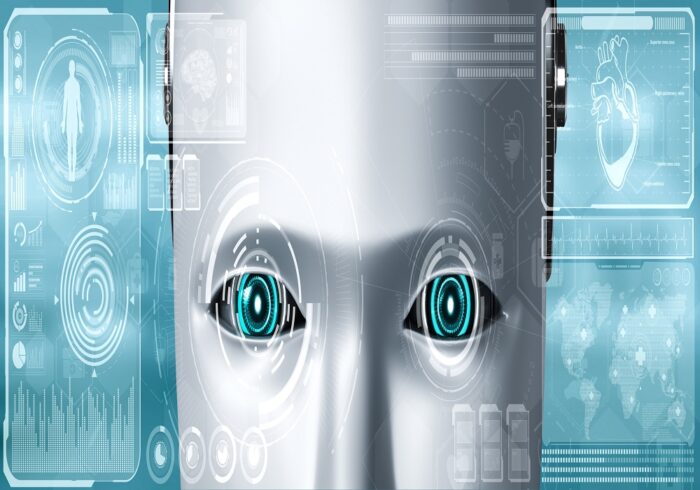With its initial epicentre in China, the outspread of novel coronavirus has witnessed a similar pathway across the globe: the first phase has limited infections and low response, the second phase has an exponential shoot-up which is accompanied by the third phase that entailed nation-wide lockdowns to flatten the curve. Since the inception of this pandemic, great emphasis has been put on spreading awareness about the contagious disease. But, in contrast, there’s not much said about how advanced data technologies could have better managed COVID-19.
Below are some ways through which machine learning can help fight future pandemics like Corona Virus – and perhaps help curb the current one.
1. Identification of people at high risk
With a proven record of predicting risks, machine learning can easily predict varied types of risks such as infection risk, severity risk or outcome risk. Predicting the level of risk of specific individuals or groups, number of people requiring hospitalization or risk that the vaccine will be ineffective etc can be easily done by machine learning techniques.
2. Effective screening
It is always challenging to diagnose if individuals are infected when a new pandemic strikes. Large scale testing is difficult and the probability of the tests being expensive is initially high. With machine learning, face scans can be run to identify symptoms, or a wearable watch can determine a patient’s heart rate. For example, Apple utilized machine learning in their Apple Watch to detect issues related to the heart. An AI-enabled chatbot can quickly screen patients based on “self-triage” systems. Companies like Microsoft have introduced AI-chatbots that help people self-identify their problems by answering some questions about their symptoms and medical history.
3. Accelerating drug/vaccine development
In order to tackle the pandemic as quickly as possible, it is essential that a vaccine is developed. There are a lot of trial and errors involved in the current methods – which takes time. As of now, it can take anywhere from a few months to years to come up with an effective vaccine. By incorporating machine learning, the process can be significantly sped up without sabotaging the quality of the drug/vaccine.
4. Predicting the outspread using social media platforms
By indulging in social listening, machine learning can effortlessly interpret the public interactions on the social media platforms. A machine learning model can assess the probability of contamination. The model may not segment individual people, but it can provide an estimation of the outspread and forecast the future trend of the pandemic.
5. Predicting new pandemics
By analysing the trends, ML can anticipate future pandemics and can help the world be prepared. For example, Influenza A is a potential new disease that can infect humans. With the help of machine learning, identification of potential zoonotic strains of influenza has been possible, without compromising the accuracy. Experts believe that AI solutions can detect the coronavirus cases with 96% accuracy.
Final words
Indeed, machine learning is a remarkable tool for fighting pandemics like COVID-19. Effective collection of data, its analysis and producing actionable insights is the need of the hour. Our efforts when integrated with machine learning and artificial intelligence – driven by big data analytics, can save mankind.

